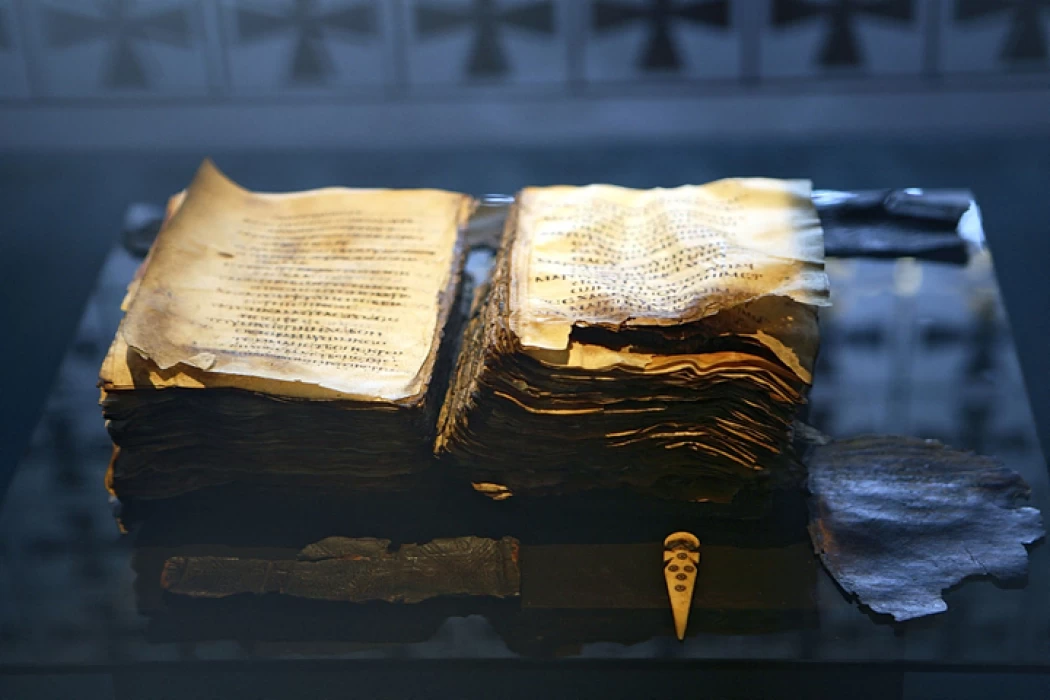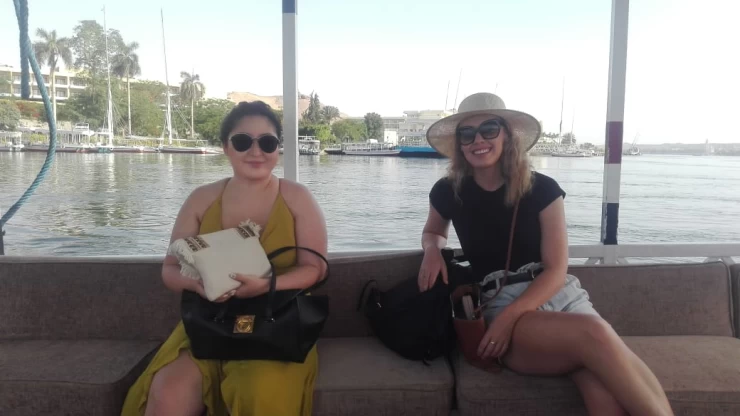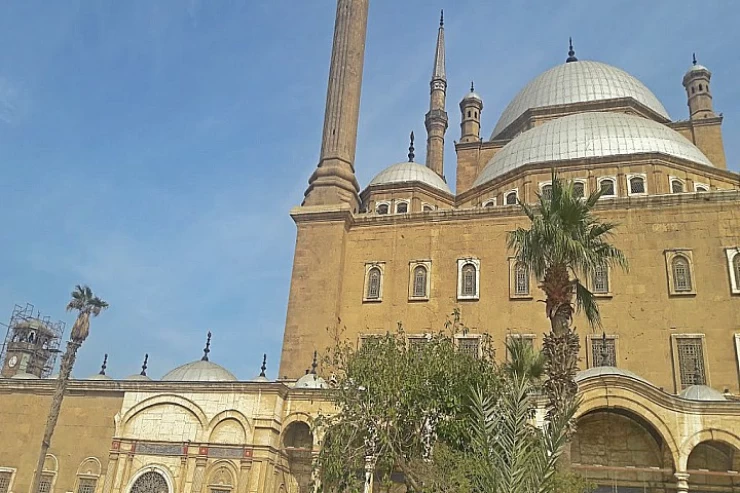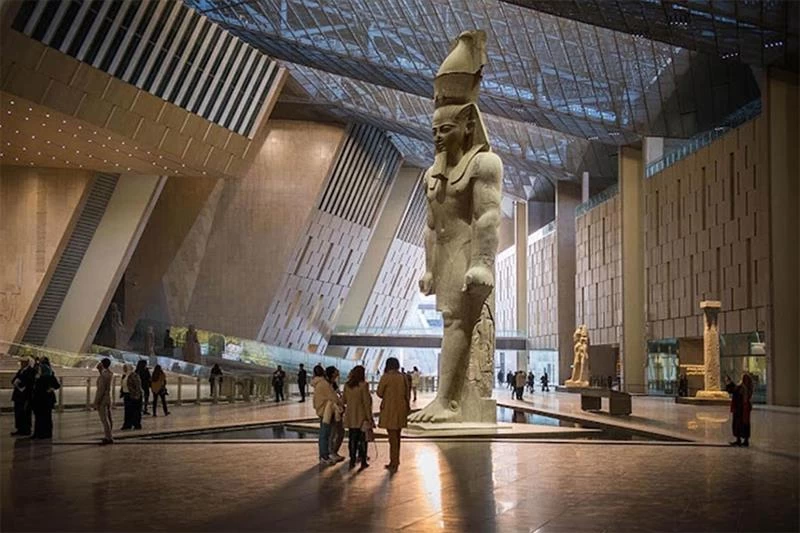
The Coptic Museum in Old Cairo
Fact About The Coptic Museum in Old Cairo
Old Cairo, also known as Historic Cairo and a UNESCO World Heritage Site, is among the oldest Islamic towns in the world. For many years, it served as the new hub of the Islamic world, peaking in the 14th century. With its long history and diversity, Old Cairo is notable for its architectural preservation over the years. Old Cairo includes a Roman citadel and Coptic Cairo.
Established in 1908, this museum features Coptic art spanning from the early era of Christianity in Egypt to the early era of Islam. It is an exquisite location, distinguished as much by the intricate woodcarving across each gallery as by the priceless items they hold. These include of beautiful textiles, entire walls covered in murals from monasteries, and sculpture that demonstrates a clear continuation from the Ptolemaic period. Take a few hours at minimum to thoroughly examine the over 1200 objects exhibited.
The decision to move all of the Christian antiquities from the Egyptian Museum to the Coptic Museum was made by the Service of Antiquities in 1939. Since then, the Coptic Museum has automatically received all artifacts that originated on Christian sites.
You will come across burial stelae (2nd–5th century) from Kom Abou Billou, whose iconography and style indicate the shift from religious Pharaonic art (Anubis jackal, Horus falcon) to Coptic art (birds, crosses, and an orant with uplifted arms, signifying the anticipated resurrection).
The founder of the Museum wanted to compile all the resources required to research Christian history in Egypt. He was successful in his endeavor to establish this museum, which connects Pharaonic, Greco-Roman, and Islamic antiquity, because of his passion for Coptic antiquity. The Museum is housed inside the fortress of Babylon, which is a portion of the ancient city walls constructed by Emperor Trajan in 98 A.D. The fortress also contains the ancient churches of Cairo, including the Hanging Church "El Muallaqa" from the sixth century and St. Sergius and St. Barbara from the fourth.


















